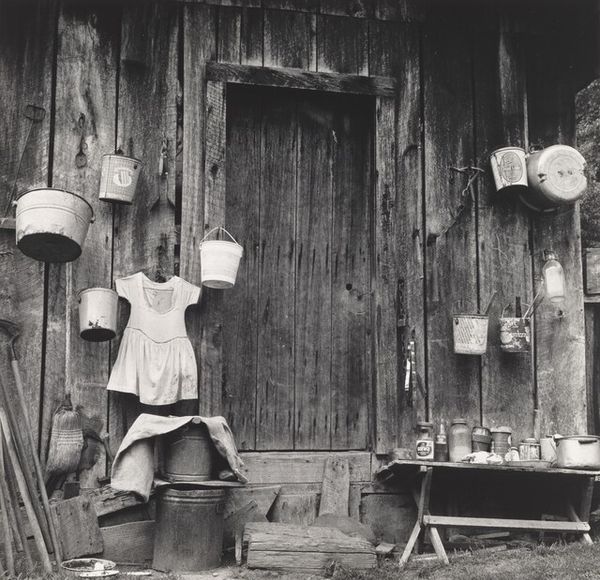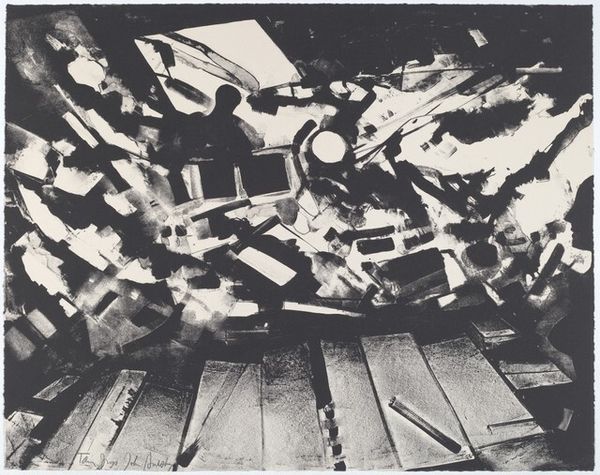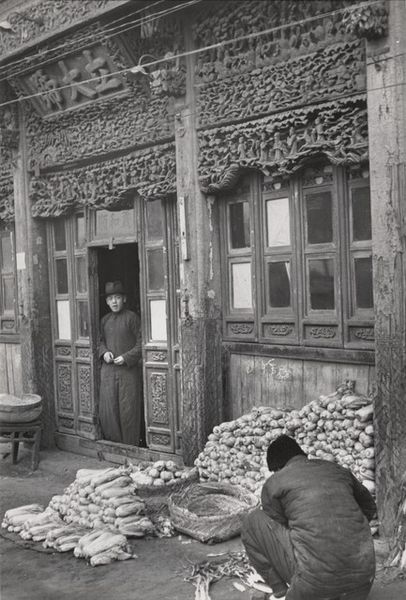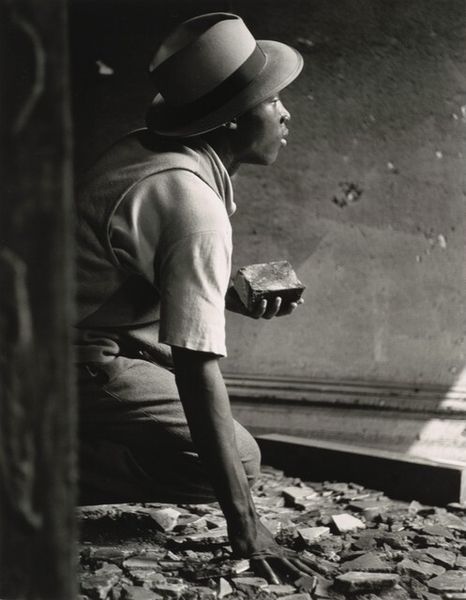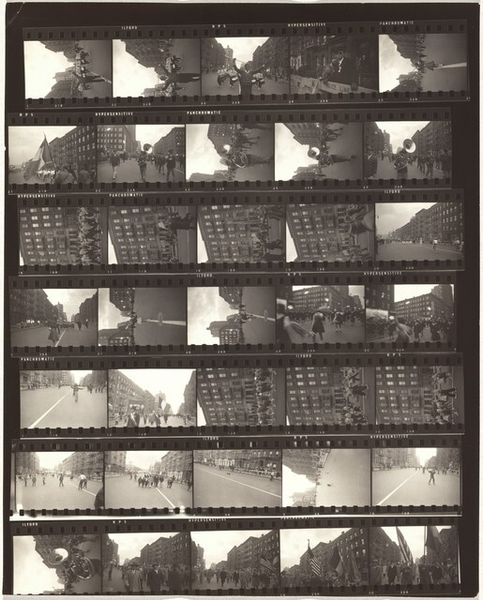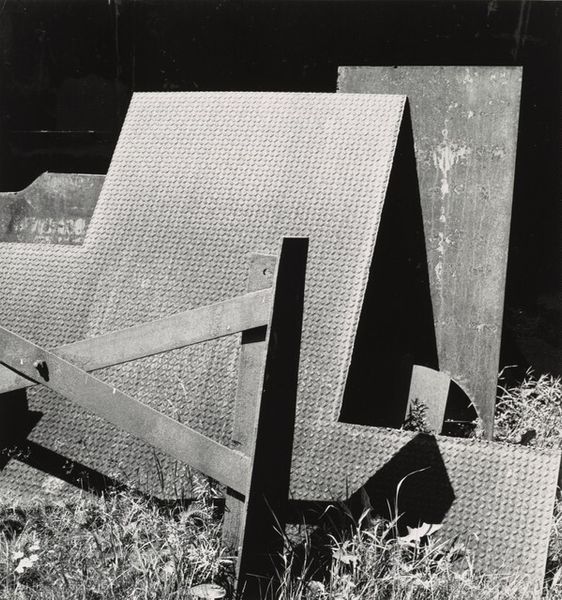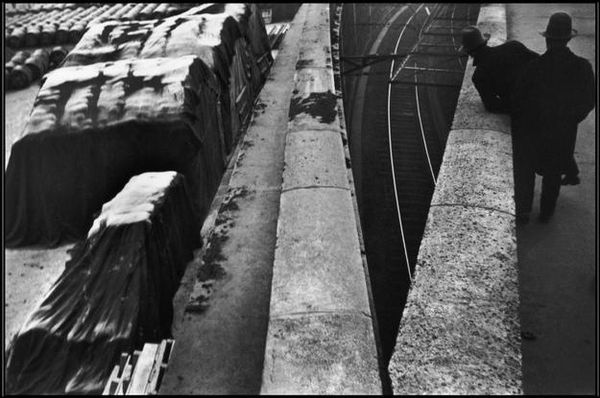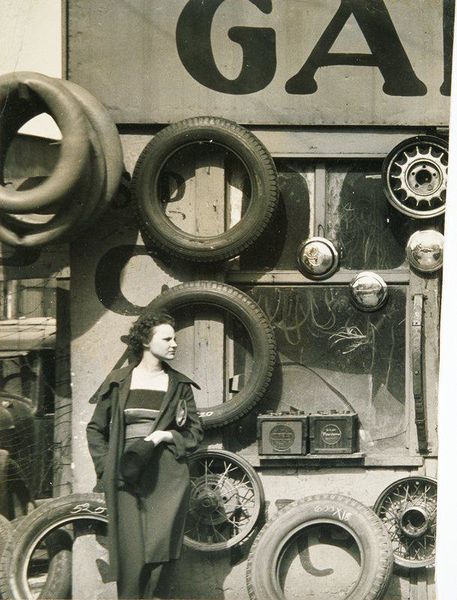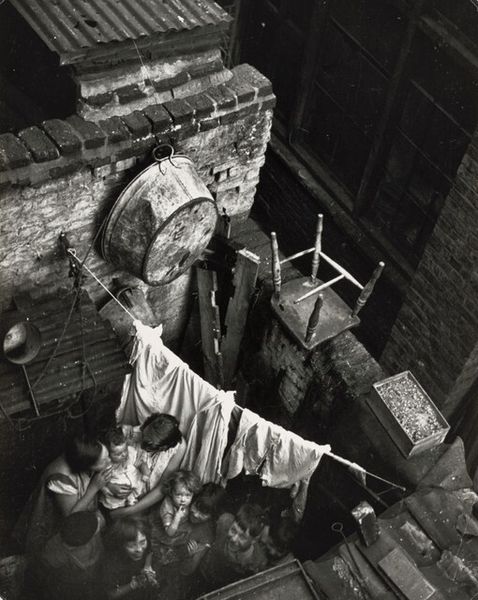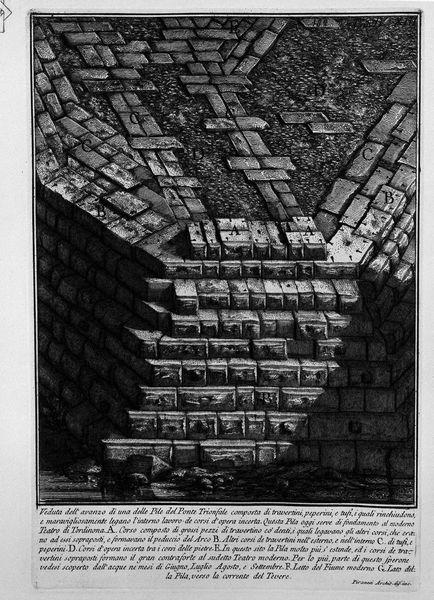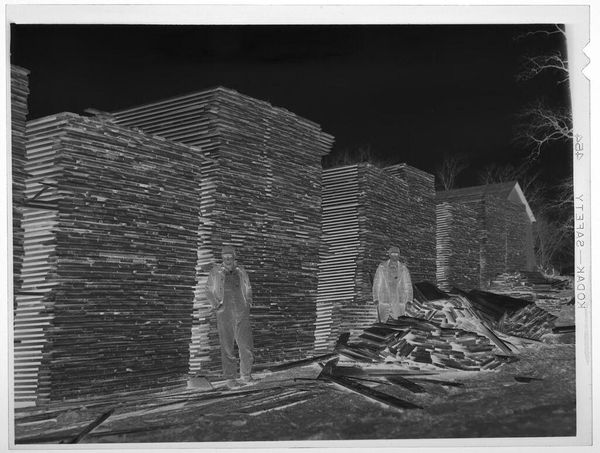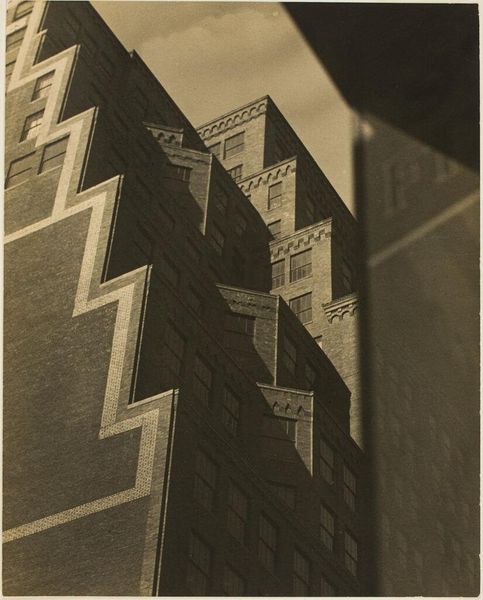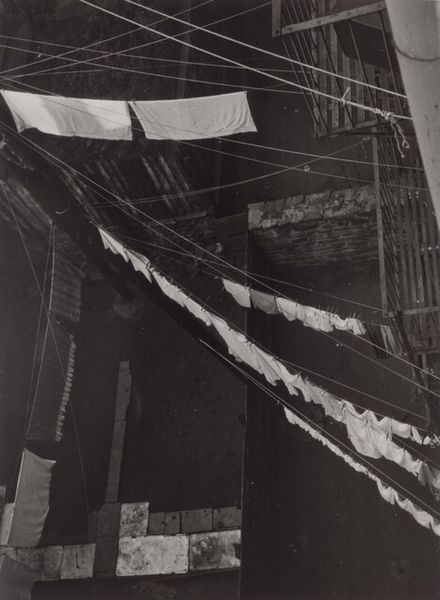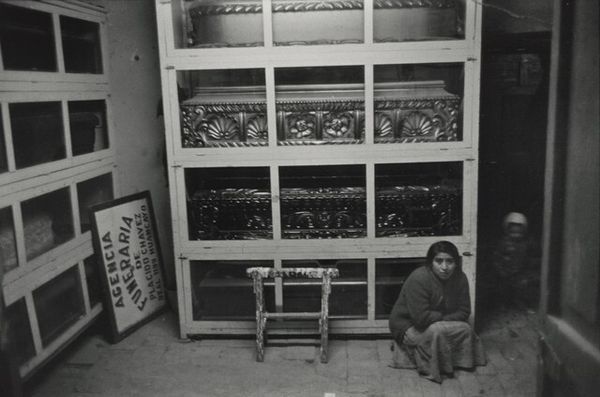
photography, gelatin-silver-print, architecture
#
portrait
#
black and white photography
#
black and white format
#
photography
#
black and white
#
gelatin-silver-print
#
monochrome photography
#
monochrome
#
architecture
#
indigenous-americas
Dimensions: image: 19 × 28 cm (7 1/2 × 11 in.) sheet: 24.5 × 35 cm (9 5/8 × 13 3/4 in.)
Copyright: National Gallery of Art: CC0 1.0
Ed Grazda made this black and white photograph, titled Mitla, Mexico, sometime after his birth in 1947. It shows a woman with a water jug, standing in front of ancient ruins. The image, with its stark contrast, speaks to the layers of history and cultural identity present in Mexico. The intricate stonework behind the woman is a testament to the pre-Columbian cultures, such as the Zapotecs and Mixtecs, who built Mitla as a center of power and religious significance. The woman herself, with her traditional dress and water jug, represents the continuity of indigenous life in the face of modernity. It's interesting to note how photography, as an art form, gained prominence in the 20th century, coinciding with increased interest in anthropology and the documentation of different cultures. Visual records like this can sometimes romanticize their subjects, so as historians we need to approach the image critically. It's important to ask, what are the power dynamics at play when a photographer captures an image of a person and their cultural heritage? What other sources, such as historical archives and community narratives, can we consult to deepen our understanding?
Comments
No comments
Be the first to comment and join the conversation on the ultimate creative platform.
